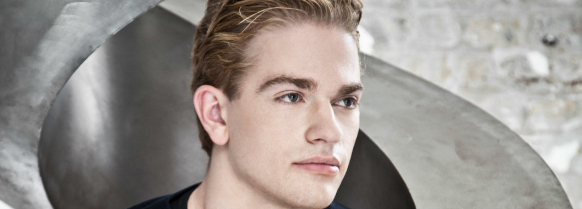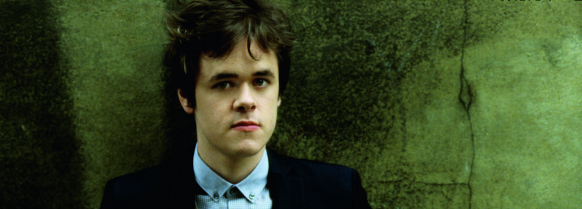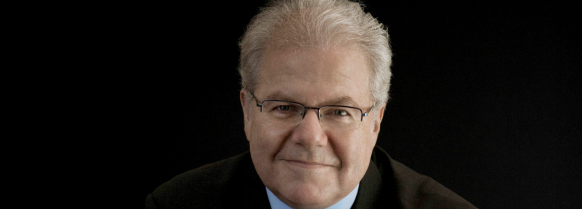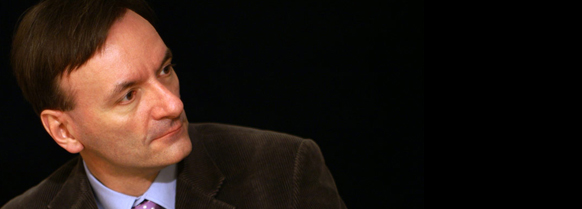Tag: Frederic Chopin
-

PROGRAM NOTES: LEIF OVE ANDSNES
Jean Sibelius Kyllikki, Three Lyric Pieces for Piano Op. 41 Finland’s national composer, Jean Sibelius, has earned an honoured place in the modern canon chiefly on the merits of his orchestral works, notably his seven symphonies, the Violin Concerto, and the tone poem Finlandia. Less celebrated are the composer’s more than 150 miniatures for piano,…
-

PROGRAM NOTES: JOSEPH MOOG
Ludwig van Beethoven Sonata in C minor Op. 13 (Pathétique) At the end of the 18th century, a young Ludwig van Beethoven burst upon the scene with a musical personality that mixed brooding machismo with emotional vulnerability. This unusual combination soon established him as the Marlon Brando of Viennese composers, with the key of C…
-

PROGRAM NOTES: BENJAMIN GROSVENOR
Jean-Philippe Rameau Gavotte and Variations in A minor The modern pianist seeking to play the Baroque harpsichord repertoire faces many obstacles, starting with the friendly fire of his own trusty Steinway itself, so different in sound from the perky little plucked-string sound box for which this music was originally written. A note on the harpsichord…
-

PROGRAM NOTES: EMANUEL AX
Georges Bizet Variations Chromatiques de concert For those that like to feather-dust humming the habanera from Carmen with a rose clenched between their teeth might be surprised to learn that Georges Bizet was not only an opera composer, but also a pianist. Anecdotal accounts of the period reveal that the keyboard skills of Georges Bizet…
-

PROGRAM NOTES: CHARLIE ALBRIGHT
Franz Schubert Impromptus Op. 90, Nos. 1-4 The impromptu is just one of a number of small-scale instrumental genres arising in the early 19th century, known under the collective title of “character pieces”. Cultivated by composers of the Romantic era, these pieces present a simple musical idea in an intimate lyrical style with the…
-

PROGRAM NOTES: BEATRICE RANA
Robert Schumann: Abegg Variations, Op. 1 Schumann’s Abegg Variations first appeared in November of 1831, but Schumann had completed it more than a year earlier, shortly after his twentieth birthday and before he had made the commitment to a life of music (he was still studying law in Heidelberg at the time). It is…
-

PROGRAM NOTES: NAREK HAKHNAZARYAN
César Franck: Sonata in A major For most of his life, Franck led a relatively quiet existence as an organist and pedagogue, emerging from obscurity as a composer only near the end of his life. His only violin sonata (which has also been arranged for numerous other instruments, notably flute, viola and cello) was created…
-

PROGRAM NOTES: STEPHEN HOUGH
Frédéric Chopin: Nocturnes, Op. 27 The nocturnes are Chopin’s most intimate and personal utterances. Some are wistful, some reflective, some melancholy, some faintly troubled and some serenely joyful. All are sensuously beautiful, suffused with elegance and deeply poetic impulses. During Chopin’s lifetime they were his most popular pieces. Twenty-one survive, the first written when…

